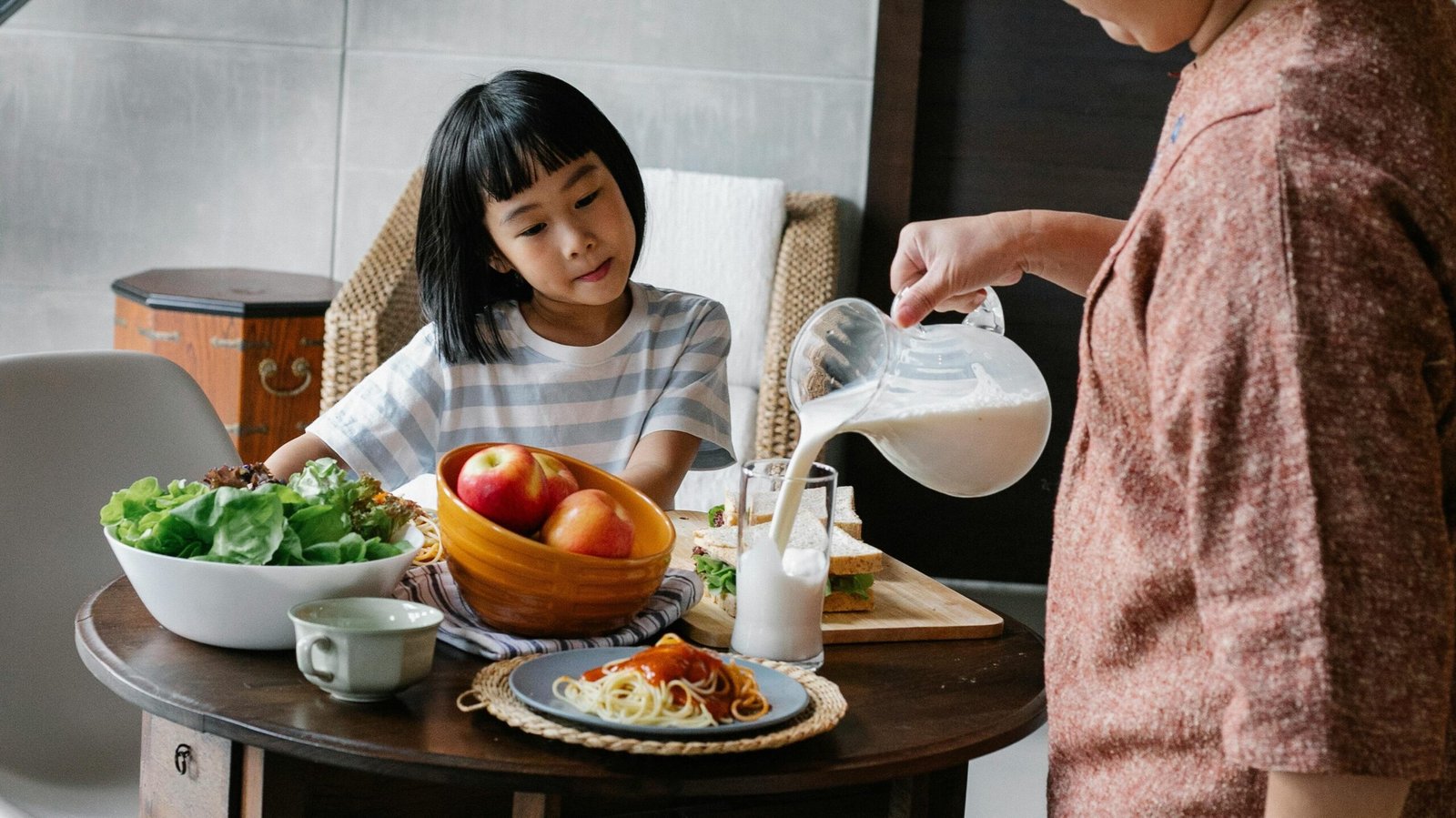If mealtimes in your household sometimes feel more like a battlefield than a family gathering, you’re not alone. Navigating the world of picky or fussy eating is a reality for many parents. It can be frustrating, worrying, and frankly, exhausting. But what if there were simple, sustainable strategies that could lead to calmer mealtimes and help your child build a healthier relationship with food? The good news is there are effective approaches that focus on establishing positive habits and reducing pressure, which are beneficial not just at your own dinner table, but also when you’re eating out or planning a family adventure abroad.

Understanding Fussy Eating
Before diving into fussy eating tips, it helps to understand that for many children, fussiness is a normal developmental stage. It often peaks around toddlerhood as children seek independence and their growth rate slows, meaning they need less food. Sometimes it’s linked to sensory sensitivities – a dislike of certain textures or smells. While challenging, understanding that it’s often not deliberate defiance can help parents approach the situation with more empathy and patience.
Simple & Effective Fussy Eating Tips
Creating a positive food environment and establishing clear boundaries can make a significant difference. Here are some fussy eating tips to integrate into your routine:

Establish a Routine
Children thrive on predictability. Having set times for meals and snacks helps regulate hunger and prepares them for eating. Avoid allowing grazing throughout the day, as this can mean they’re not hungry when mealtime arrives. Water between meals is fine, but limit juice or milk which can fill them up.
Create a Positive Mealtime Environment
Make mealtimes pleasant. Eat together as a family whenever possible, free from distractions like screens. Keep the conversation light and positive, focusing on connection rather than policing what your child eats. Avoid talking about food in negative terms or forcing them to “just try it.”
The Division of Responsibility
A cornerstone of many successful feeding strategies is the “Division of Responsibility.” As the parent, your job is to decide what food is offered, when it’s offered, and where it’s offered. Your child’s job is to decide whether they eat and how much they eat from what is provided. This removes the pressure and puts the child in control of their own body, fostering trust.
Offer Choices (Within Limits)
While you shouldn’t become a short-order cook, offering limited choices can empower your child. For example, “Would you like broccoli or peas with your fish?” or “Do you want to use the red plate or the blue plate?” This gives them a sense of control without derailing the meal plan.

Okay, here is the second blog post draft, focusing on fussy eating tips, designed to complement the previous post and provide broader strategies.
Don’t Be a Short-Order Cook
It’s tempting to make a separate meal for a fussy eater to ensure they eat something, but this can reinforce picky habits. Offer one family meal. If they choose not to eat the main components, ensure there is always one “safe” or familiar item on the plate (e.g., a piece of bread, some plain pasta, a favoured vegetable) that you know they will eat.
Involve Kids in Food Prep (Again!)
As we discussed regarding introducing new foods, involving children in the process from shopping to cooking increases their familiarity and potential willingness to try things. Let them wash vegetables, tear lettuce, or stir ingredients.

Patience and Persistence Pay Off
Changing eating habits is a marathon, not a sprint. There will be good days and bad days. Stay consistent with your approach, offer a variety of foods regularly, and trust that over time, and with repeated, pressure-free exposure, your child’s palate can expand.
Applying These Tips Beyond the Home
These fundamental fussy eating tips are incredibly valuable when you leave the familiar environment of your home. Establishing meal routines, maintaining a positive attitude around food, and practicing the division of responsibility helps manage expectations whether you’re dining at a friend’s house, eating out at a restaurant, or navigating food options while travelling. By building these positive habits at home, you equip your child with the skills and confidence needed to face food in new situations.
Conclusion
Dealing with fussy eating requires a toolbox of strategies, patience, and a focus on the long game. By implementing simple fussy eating tips like establishing routines, creating a positive mealtime environment, and respecting the division of responsibility, you can significantly reduce mealtime stress. These foundational practices not only benefit your daily life but also provide the essential skills needed to confidently tackle food challenges when you embark on family holidays and explore new places.
Ready to put these tips into practice while exploring the world? Check out our posts specifically designed for managing food with picky eaters on the go!
You can also check out our article “How to Get Picky Eater to Eat New Foods: Practical Tips” for more.

Pingback: Eating Brazilian Food With a Picky Eater: A Family Guide - Picky Eaters Abroad
Pingback: Picky Eating Solutions for Family Holidays: Travel Without Food Stress - Picky Eaters Abroad
Pingback: Eating German Food With a Picky Eater: Simple Wins for Families - Picky Eaters Abroad
Pingback: Eating Thai Food With a Picky Eater: Your Family Travel Guide - Picky Eaters Abroad
Pingback: Eating Argentine Food With a Picky Eater: Steak, Pasta & More - Picky Eaters Abroad
Pingback: Eating Indonesian Food With a Picky Eater - Picky Eaters Abroad